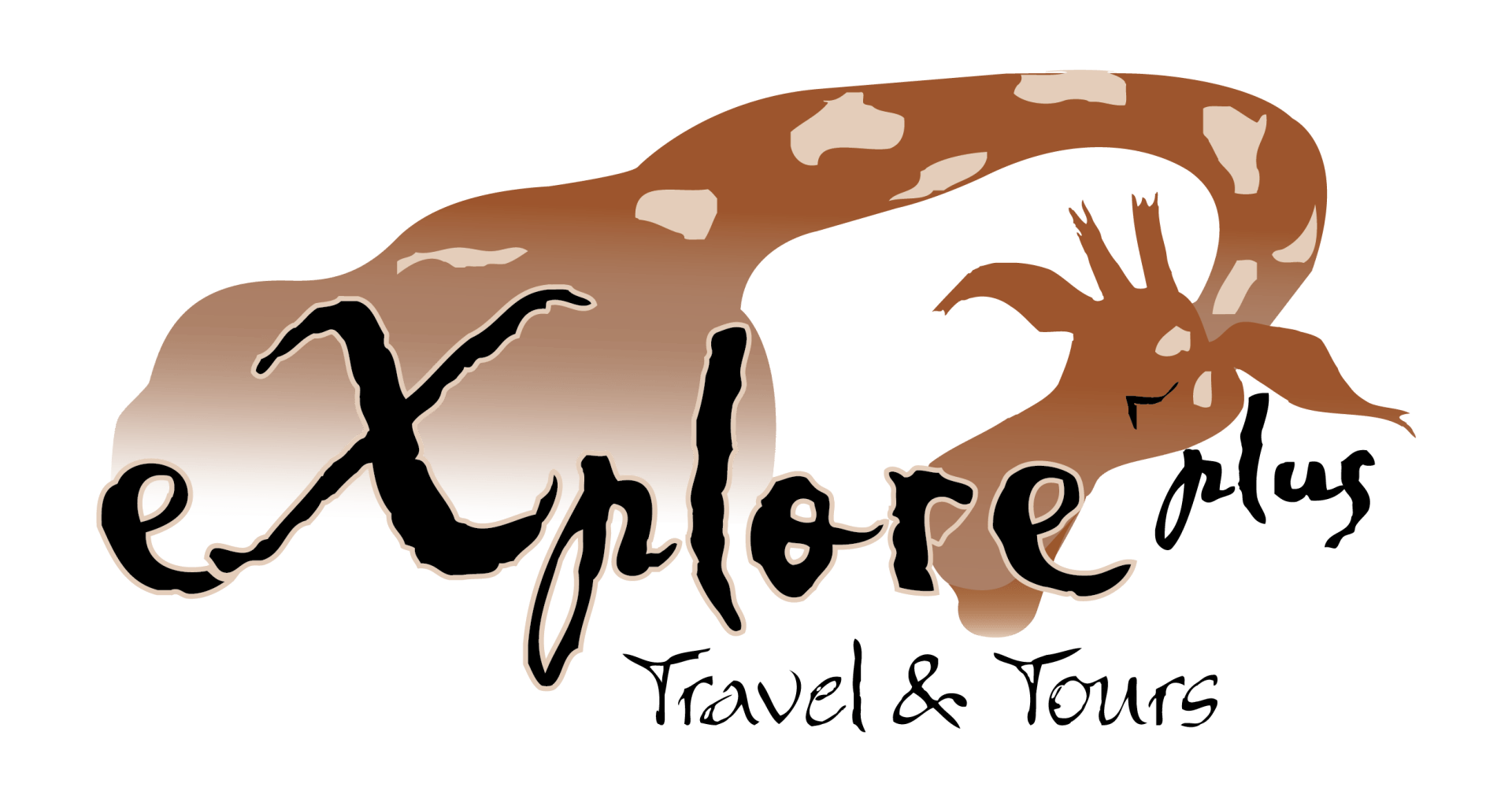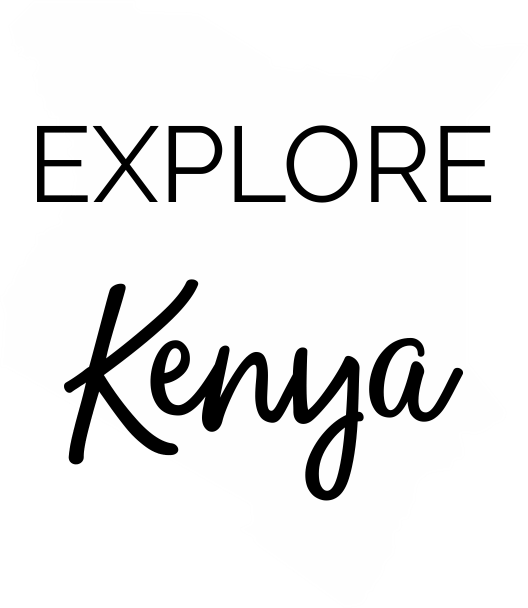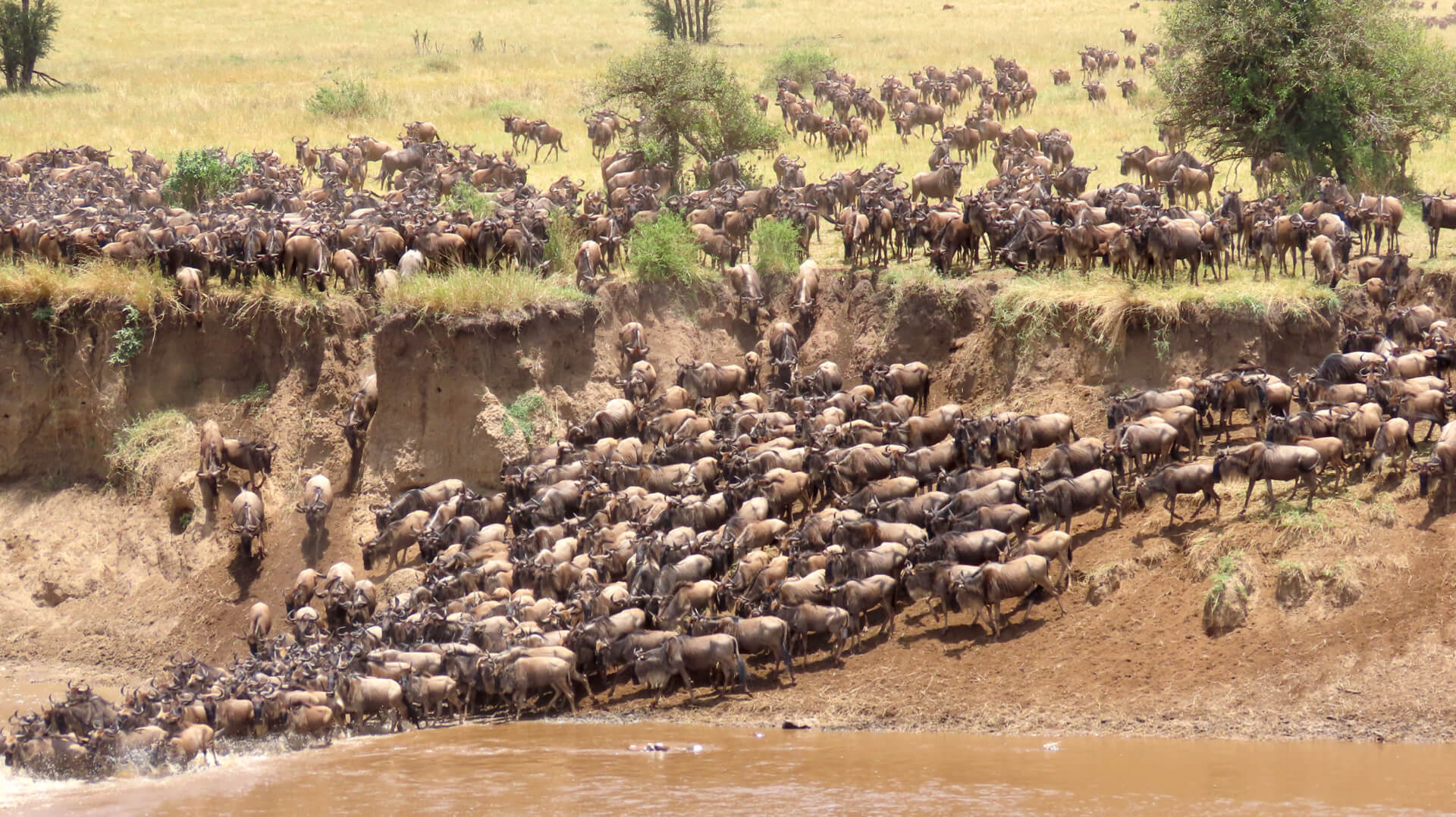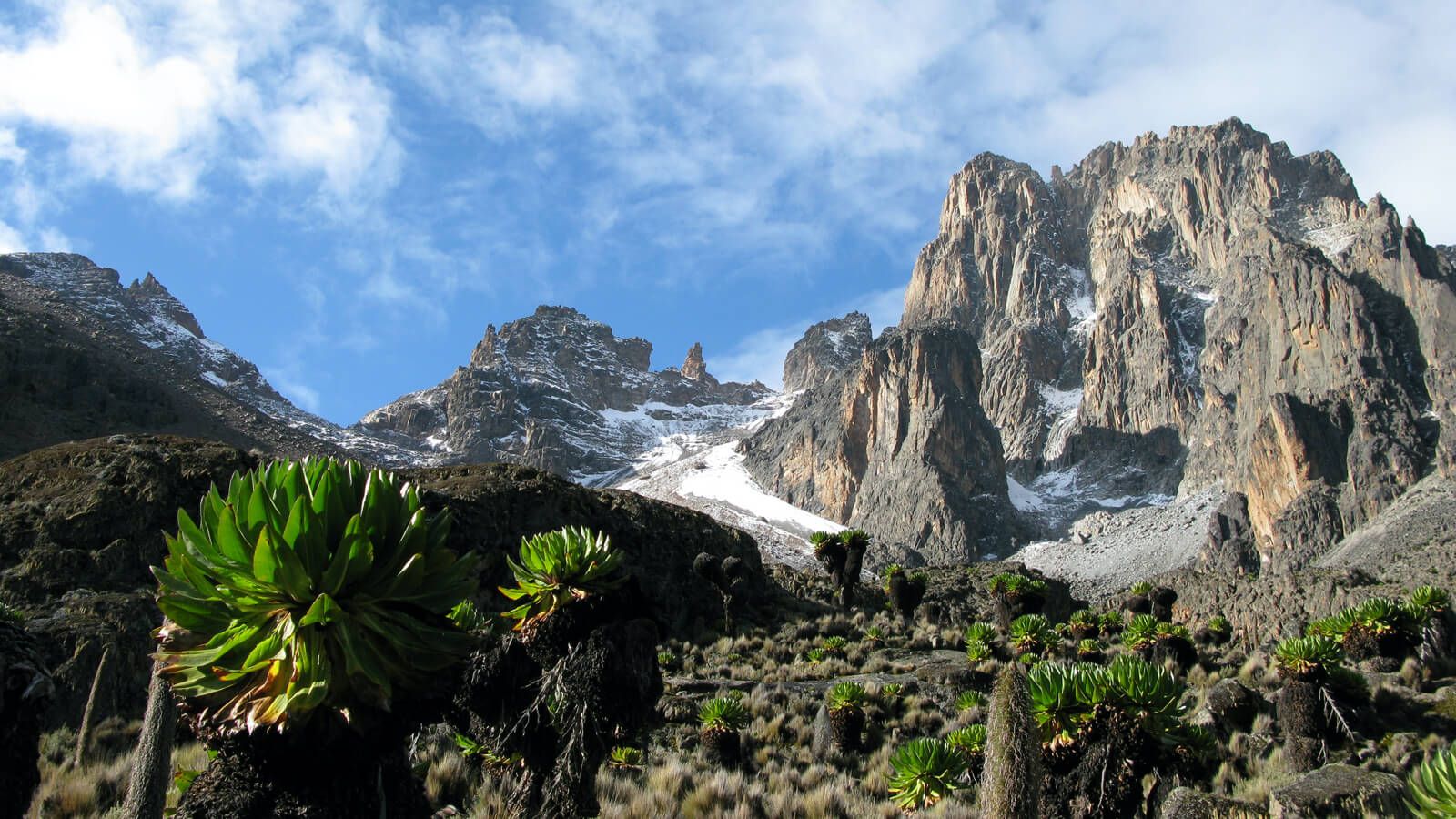Kenya Ultimate Safari
Visit one of Africa's last true wilderness destinations when going on a group safari in Kenya. See the Northern Five and enjoy splendid views of Mount Kenya (the 2nd highest mountain in Africa). From July to October, the migrating herds reside in the Masai Mara. The Mara river is the prime spot to witness daily river crossings.
Itinerary
-
Day 1: Nairobi Airport / Nairobi
Transfer from Nairobi Airport to your hotel in Nairobi, before starting your Kenya group tour.
Stay: Eka Hotel
Meals: Dinner & breakfast
-
Day 2: Nairobi / Samburu National Reserve
Few parks in Kenya surpass Samburu's natural beauty, which consists of a stunning desert-like landscape punctuated by the sharp hill of Koitogor with the flat-top of Ol Olokwe mountain looming on the horizon.
Stay: Ashnil Samburu Camp
Meals: Breakfast, lunch & dinner
-
Day 3: Samburu National Reserve
The Ewaso Ng'iro that runs through the park promises excellent game-spotting, as it is the primary water source in the Samburu National Reserve.
Stay: Ashnil Samburu Camp
Meals: Breakfast, lunch & dinner
-
Day 4: Samburu National Reserve / Lake Naivasha National Park
The beautiful Lake Naivasha is one of the largest lakes in the Great Rift Valley; surrounded by wildlife and attracts a diverse selection of birdlife including water birds and migrants.
Stay: Lake Nakuru Sopa Lodge
Meals: Breakfast, lunch & dinner
-
Day 5: Lake Naivasha National Park / Masai Mara National Reserve
Enjoy a boat ride on Lake Naivasha before driving to the Masai Mara. Open grasslands dotted with wildebeest and antelope, acacia trees providing shady retreats for leopard. The Mara River is infested with crocodiles; this makes the Masai Mara everything you'd imagine a safari destination to be.
Stay: Ashnil Mara Camp
Meals: Breakfast, lunch & dinner
-
Day 6: Masai Mara National Reserve
Here is the place to witness the incredible annual wildebeest migration between July and October as over a million animals thunder across the plains in search of water and grazing - but the Masai Mara has a mass appeal all year round. The Mara (which is Maa for “spotted” in the local Maasai language) is a land of breathtaking vistas, abundant wildlife and seemingly endless grassy plains that are
Stay: Ashnil Mara Camp
Meals: Breakfast, lunch & dinner
-
Day 7: Masai Mara National Reserve
Not only does the Mara offer incredible views of the plains dotted with herds of wildebeest, and zebra, but the rivers are often infested with giant Nile crocodiles lying in wait. The sheer abundance of wildlife is simply amazing.
Stay: Ashnil Mara Camp
Meals: Breakfast, lunch & dinner
-
Day 8: Masai Mara National Reserve / Nairobi Airport
After a final game drive, you will bid farewell to the Masai Mara and drive back to Nairobi for your onward flight home.
End of service
New Paragraph
- Airport transfers
- Accommodation in Nairobi with dinner & breakfast
- Accommodation on safari on a full board basis (breakfast, lunch & dinner)
- 4x4 stretched Land Cruiser safari vehicle (maximum 6 clients per vehicle)
- Unlimited kilometres on game drives during the safari
- Services of your professional and knowledgeable Kenya English speaking driver-guide
- All national park entrance fees
- Comprehensive support from our operational office in Kenya for the duration of the safari
- International Flights
- Entry visa to Kenya
- Yellow Fever vaccination - COMPULSORY
- Travel Insurance (Highly recommended)
- Meals and drinks not specified
- Laundry services
- Gratuities to the driver/guide, hotel staff & porters
- Maasai Village visit fee
- Balloon safari
- All expenses of a personal nature
Dates & Prices
Dates:
Private Safari
Rates:
| SA RESIDENTS: | INTERNATIONAL: | |
|---|---|---|
| Per Person Sharing: | Please contact one of our consultants | Please contact one of our consultants |
- The exchange rate used (bank selling rate): R18.80 to US $1.00
- Please request a quote from our Safari Specialists for the most current rates and availability on our group departures.
- Please treat all pricing as a guide only.
- All rates are subject to increases beyond our control, including fuel price, government taxes and exchange rate fluctuations.
National Parks
Samburu National Reserve
Lake Naivasha National Park
Masai Mara National Reserve
- Ngama Hills to the east with sandy soil and leafy bushes and loved by black rhinos.
- Oloololo escarpment forming the western boundary and rising to a magnificent plateau.
- Mara Triangle bordering the Mara River with lush grassland and acacia woodlands supporting masses of game, especially migrating wildebeests.
- Central plains form the largest part of the reserve, with scattered bushes and boulders on rolling grasslands favoured by the plain's game.
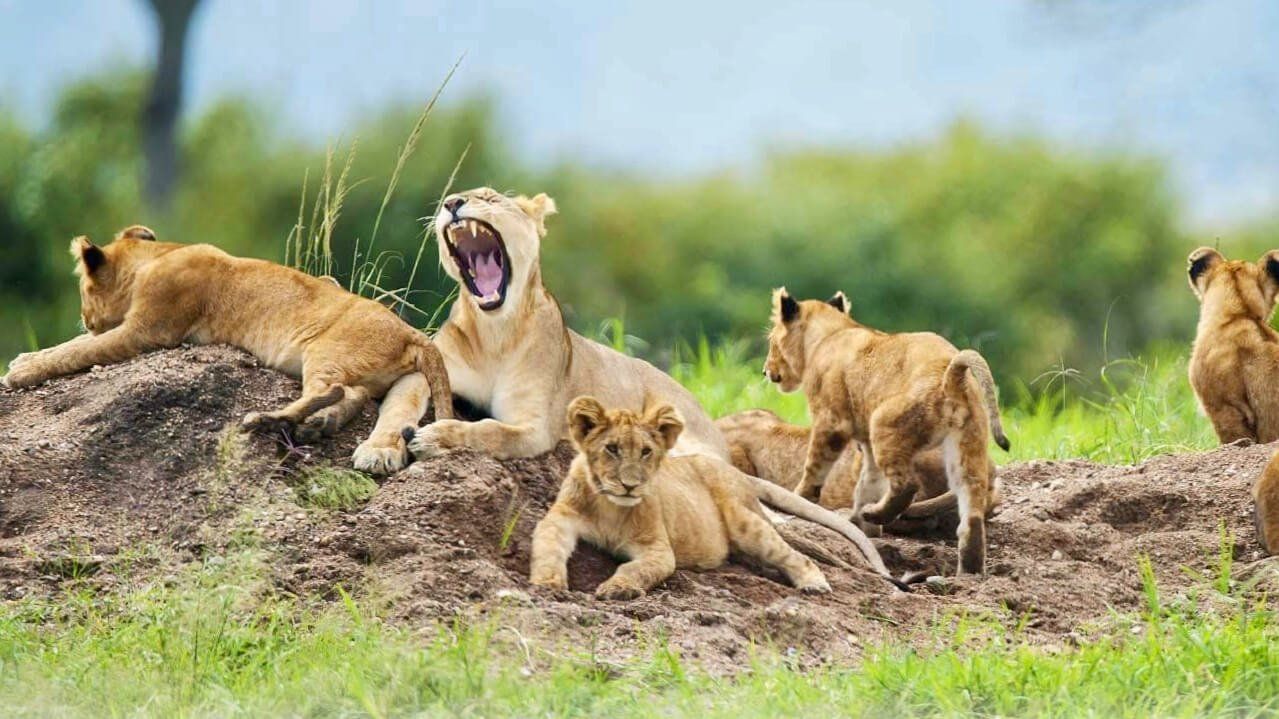
Slide title
Lions Of The Masa Mara National Reserve
Button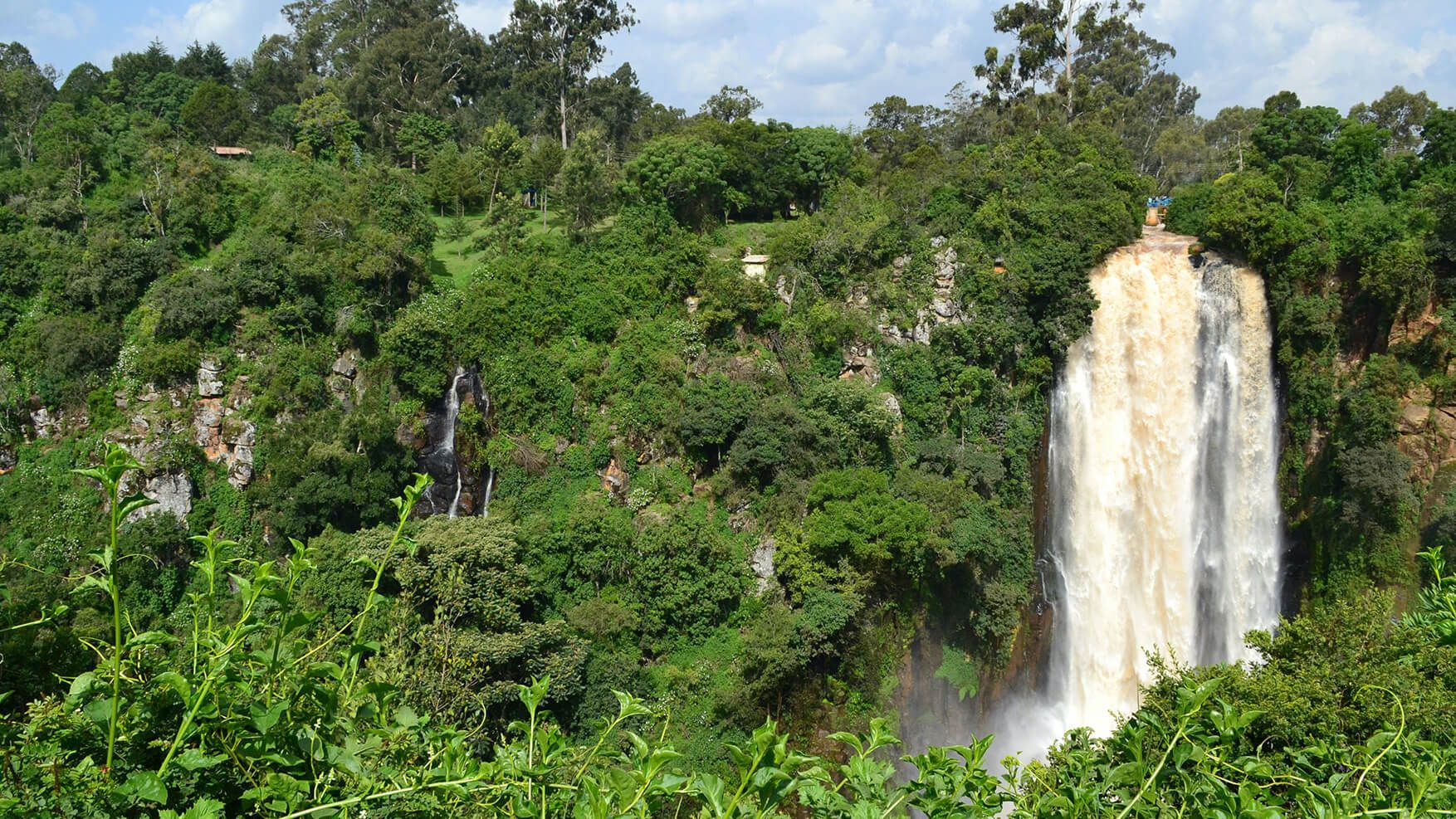
Slide title
Karuru Waterfall In The Aberdare National Park
Button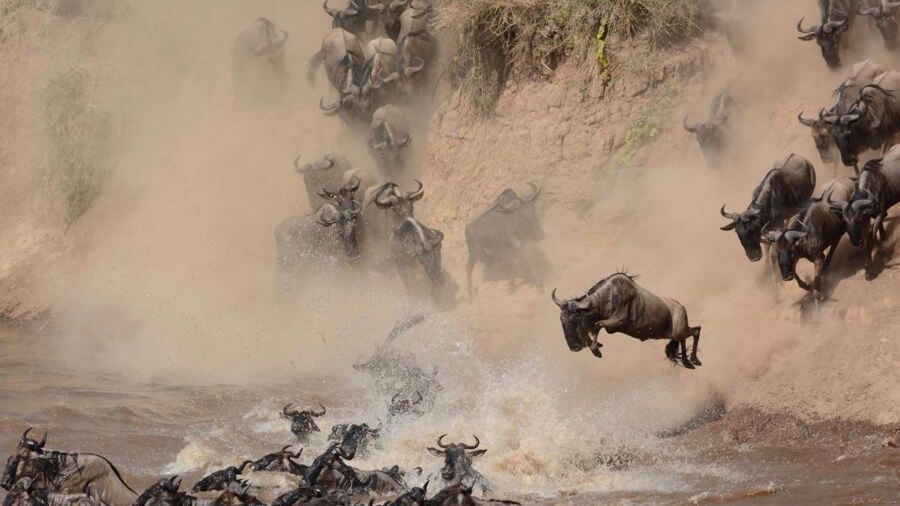
Slide title
Wildebeest River Crossing In The Masai Mara
Button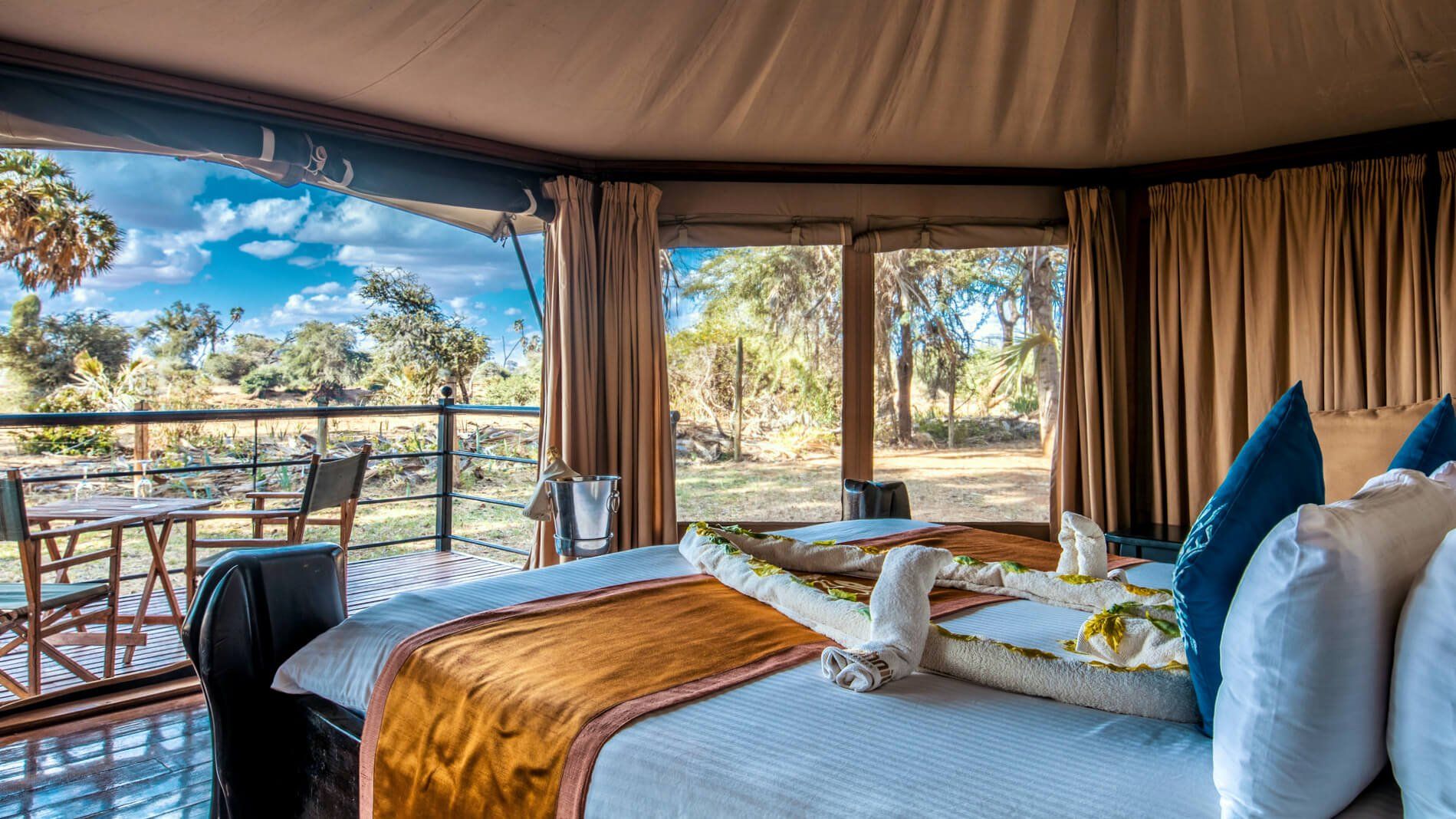
Slide title
Ashnil Samburu Camp
Button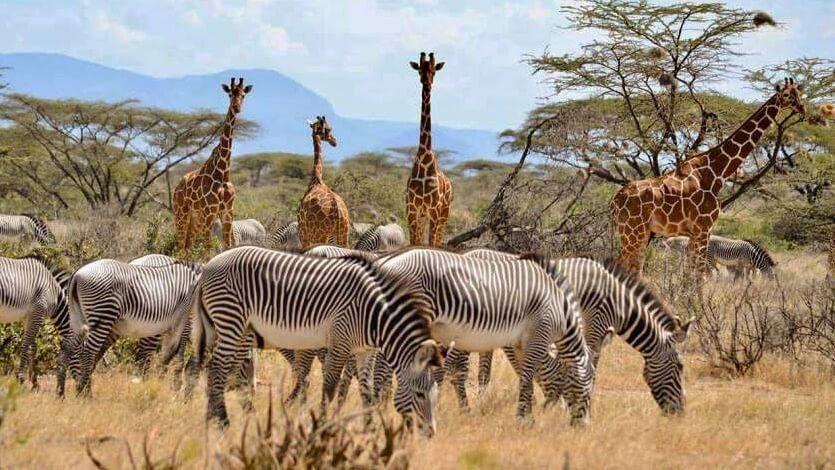
Slide title
Some Of The Special Samburu Five
Button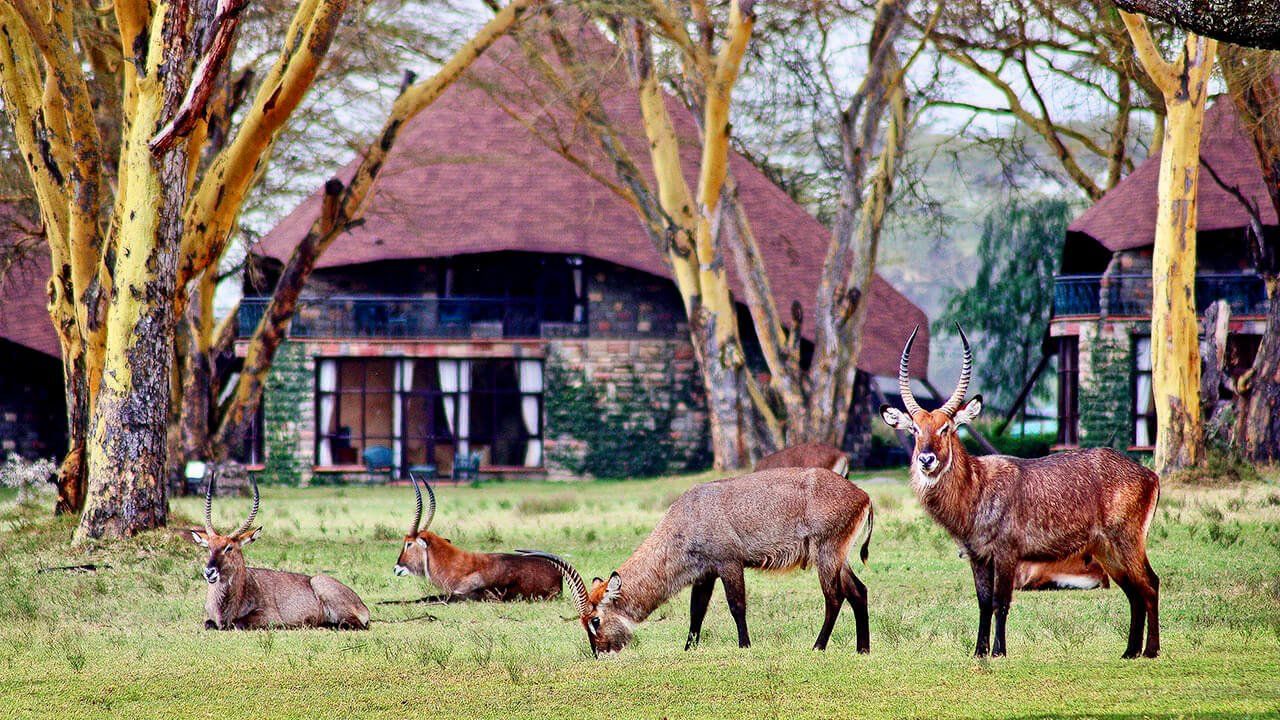
Slide title
Lake Naivasha Sopa Lodge
Button
MASAI MARA SAFARI
6 days / 5 nights
Highlights: Lake Elmenteita / Masai Mara Nature Reserve
Date: Private Safari
MT KENYA CLIMB
7 days / 6 nights
Highlights: Sirimon / Chogoria Route
Climb: 5 days
Date: Private climb
BEST OF EAST AFRICA SAFARI
10 days / 11 nights
Highlights: KENYA - Lake Naivasha / Masai Mara / Amboseli NP
TANZANIA - Serengeti NP / Ngorongoro Crater / Lake Manyara
Date: Set departure dates
What Our Clients Say About Our Safaris & Tours
SIGN UP FOR OUR NEWSLETTER
Africa is calling – Sign up to our newsletter today!Get exclusive access to the latest on exclusive offers, getaways and travel inspiration.
Contact Us
We will get back to you as soon as possible
Please try again later
Copyright © 2024 Digital Zoo Website Design Company - All Rights Reserved
Domain Registration
|
Email Address
|
Website Design
|
Graphic Design
|
Social Media Management
|
Search Engine Optimization
|
Online Marketing
|
Web App Developer
All Rights Reserved | Explore Plus Travel & Tours
All Rights Reserved | Explore Plus Travel & Tours
